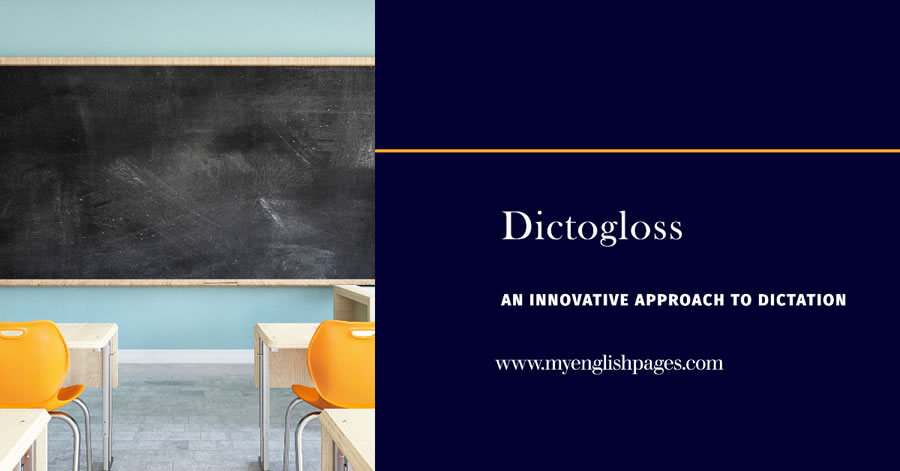This dictogloss lesson plan introduces an innovative and collaborative approach to dictation. For insights on traditional dictation and tips on making it more communicative, check out our post on why dictation is effective in language teaching.
Table of Contents
Introduction
Dictation has evolved from being an old-fashioned exercise to a dynamic and interactive activity that enhances vocabulary and structural competence.
Modern variations of dictation, like dictogloss, shift the focus from the teacher to the learner, promoting collaboration and critical thinking.
In this post, we explore a practical dictogloss lesson plan designed to engage students in reconstructing text while reinforcing their language skills.
What is Dictogloss?
Dictogloss is a collaborative learning activity where students reconstruct a text after listening to it. Unlike traditional dictation, dictogloss encourages students to work together, using their notes and collective memory to recreate the passage as accurately as possible.
This method not only improves listening and writing skills but also deepens their understanding of grammar and vocabulary.
What is the Difference Between Dictogloss and Dictation?
The key difference between dictogloss and traditional dictation is that in dictogloss, students listen to a text read at natural speed, take notes, and then collaboratively reconstruct the text, focusing on meaning and structure, rather than simply writing down what they hear word-for-word as in traditional dictation.

Dictogloss Lesson Overview
Dictogloss Lesson Plan
Level: Intermediate to Advanced
Objectives:
- Develop listening comprehension skills.
- Reinforce vocabulary and grammatical structures.
- Encourage collaborative learning and critical thinking.
Materials:
- A short text (100-150 words) containing previously taught vocabulary and structures.
- Whiteboard and markers.
- Notebooks and pens for students.
Duration: 30-40 minutes
Dictogloss Lesson Plan: Activity Steps:

1. Introduction (5 minutes):
Briefly explain the dictogloss activity and its objectives. Emphasize the importance of listening carefully and working together.
2. Text Preparation (5 minutes):
Select a short text that aligns with your lesson goals. Ensure it includes vocabulary and structures that students have already learned.
3. First Listening (5 minutes):
Read the text at natural speed while students listen and take notes. Remind them to focus on key words and phrases rather than writing down everything.
4. Second Listening (5 minutes):
Read the text again at the same speed. Students should add to their notes and clarify any details they missed.
5. Group Reconstruction (10 minutes):
Divide students into small groups. Instruct them to use their notes to reconstruct the text as accurately as possible. They can discuss and suggest alternative words if they can’t recall the exact terms, provided they maintain the original meaning.
6. Comparison and Feedback (5-10 minutes):
Write the original text on the board. Have each group compare their reconstructed version with the original. Discuss any differences and why certain words or structures were changed.
7. Follow-Up Activity (Optional):
Ask students to rewrite the text in their own words, focusing on retaining the overall meaning while using different vocabulary or structures.
Conclusion
Dictogloss is a versatile and engaging activity that transforms the traditional dictation exercise into a collaborative learning experience.
Involving students in the reconstruction process encourages deeper engagement with the language. This promotes both accuracy and creativity.
By Incorporating dictogloss into your lesson plans, you can significantly enhance your students’ language skills interactively and enjoyably.


